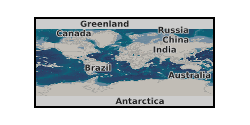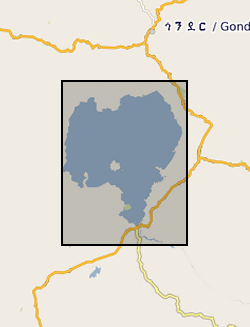Luminescence
Type of resources
Available actions
Topics
Keywords
Contact for the resource
Provided by
Years
Formats
Update frequencies
-

Contains standard luminescence measurement files output from the Risø reader (SEC, SEQ, and BINX file types). This data set is comprised of standard files associated with a Risø Luminescence Reader. 48 sediment samples from New Zealand were analyzed using a modified version of pIRIR infrared analysis of feldspars, the 3ET protocol. Sample lab codes are listed in a separate file, along with corresponding site location IDs, field codes, and depth below surface. Three file types are included in this dataset: sec files: Contain the series of commands issued to the Risø Reader for a particular run. txt format, readable by Notepad or similar software. SEQ files: Sequence file used for programming in run sequences. These files are readable with Risø Sequence Editor software. binx files: A binary output file that records measurements made by the Reader. The format is described in Risø's software manuals and is typically accessed using the Risø Analyst software. The file in this data set have names that include the 5-digit sample lab code. A file can contain data from one or more samples. The word 'restart' appears in files where a machine run was interrupted and had to be restarted. The code 'MU' indicates a run where fading measurements were collected. A complete description of the Risø TL/OSL Reader, software, and associated file formats is available at: https://www.fysik.dtu.dk/english/research/radphys/research/radiation-instruments/tl_osl_reader Free software for accessing binx and SEQ files is also available at the DTU link.
-

Zr/Rb, Ca/Ti, Rb/K ratios against depth (0.112 m to 62.686 m) and age ( 366 to 150190 yrs). NERC grant, NE/D012996/1, abstract Lake Tana, in the highlands of northern Ethiopia, is the source of the Blue Nile, one of the world's great rivers. Surprisingly, very little is known about the age and history of this lake: one estimate from the 1930's is that it was formed 10,000 years ago by a lava dam. Similarly, little is known about the climatic history of the wider region that comprises the Blue Nile headwaters, despite the fact that the Nile has long been recognized as critical to the resources of ancient and modern Egypt. New geophysical and core data, obtained by us in October 2003 and September 2004 with NERC support, show that the lake may be at least 40,000 years old. Our new data also show that the lake dried out at around 16,000 years ago, and almost certainly at apparently regular intervals during the later stages of the last Ice Age. It is possible that the lake dried because of intense droughts lasting one or two hundred years, and that the droughts were caused by disruption of Africa's monsoon climate when iceberg-laden meltwater from North America flooded the North Atlantic - the Heinrich events. In this new PalaeoTana Project, we aim to test these hypotheses by drilling a sediment core, up to 100m in length, from the northern basin of Lake Tana, in about 10m water depth, and about 2km from shore. The core will be scanned at high resolution using X-ray fluorescence, X-ray and colour imagery, geophysical and magnetic core-scanning technology, without damaging the sedimentary components. The resulting datasets will identify past desiccation events, which will be investigated in detail and interpreted by comparison to sediments of the known drying-out event at 16,000 years ago. Dating the sediments by appropriate methods including luminescence, tephrochronology, and Argon-Argon dating will allow precise estimates of the timing and duration of the drought events. The relative timing of these events in comparison with abrupt climatic events in ocean cores (especially Heinrich events), and in other continental records, will allow inferences about the global- scale mechanisms of abrupt climate change. The data can also be used to test climate models, and thus to help judge the accuracy of model-predicted abrupt climate change in the future. A long core record of past climate and environment from this part of Africa would have major significance for understanding both regional environmental change, because of the influence of the Nile on NE Africa and the eastern Mediterranean, and global climate. It will contribute to understanding how future changes in ocean temperature and circulation will affect global climate, especially in the heavily populated monsoon regions of Africa and Asia. It will also have significance for understanding the later stages of human evolution in and dispersal out of Africa, by providing a record of the environmental changes that influenced early human populations and their water, plant and hunting resources.
 NERC Data Catalogue Service
NERC Data Catalogue Service